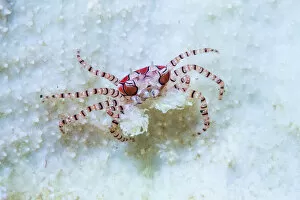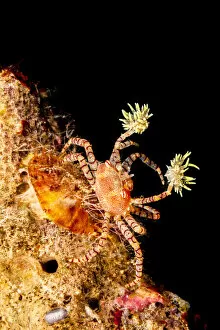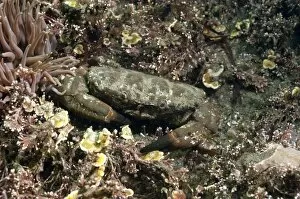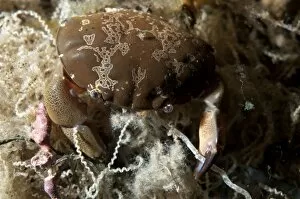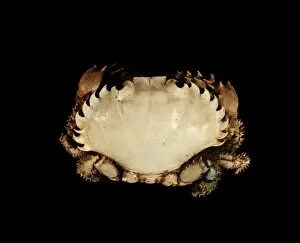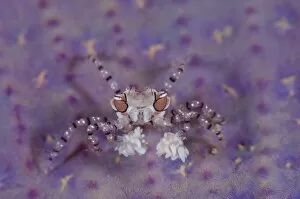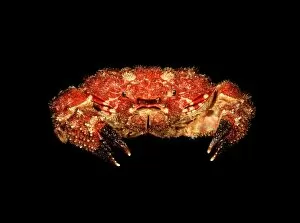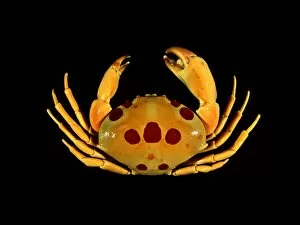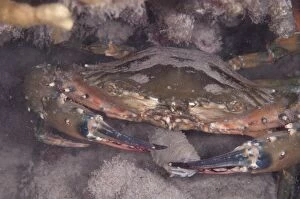Xanthidae Collection
Discover the fascinating world of Xanthidae, a diverse family of crabs known for their unique defense mechanisms and striking appearances
For sale as Licensed Images
Choose your image, Select your licence and Download the media
Discover the fascinating world of Xanthidae, a diverse family of crabs known for their unique defense mechanisms and striking appearances. In the Lembeh Strait, witness the Boxer Crab (Lybia tessellata) as it cleverly wields sea anemones in its claws, forming a formidable shield against predators. Meanwhile, in Hawaii, the endemic Hawaiian pom-pom crab (Lybia edmondsoni) showcases its mutualistic symbiosis with juvenile Anemone (Triactis producta), carrying it around as a protective armor. Venturing into Mounts Bay and Kimmeridge Bay in England, we encounter the Furrowed Crab (Xantho hydrophilus), showcasing its defensive posture with raised claws amidst rockpools and coraline algae. The Floral Egg Crab (Atergatis floridus) captivates us with its entanglement in string off Seraya Island in Bali, Indonesia. But that's not all. Pebble crabs make their presence known along various shores while captivating our attention with their intricate patterns and textures. And who could forget about the intriguing Human-faced crab or the Spotted rock crab? These remarkable members remind us of nature's endless wonders waiting to be explored. Join us on this journey through stunning coastal landscapes where these enchanting creatures thrive. Marvel at their beauty and resilience as they adapt to their surroundings. Let Xanthidae inspire you to appreciate both the delicate balance and extraordinary diversity found within our oceans.

